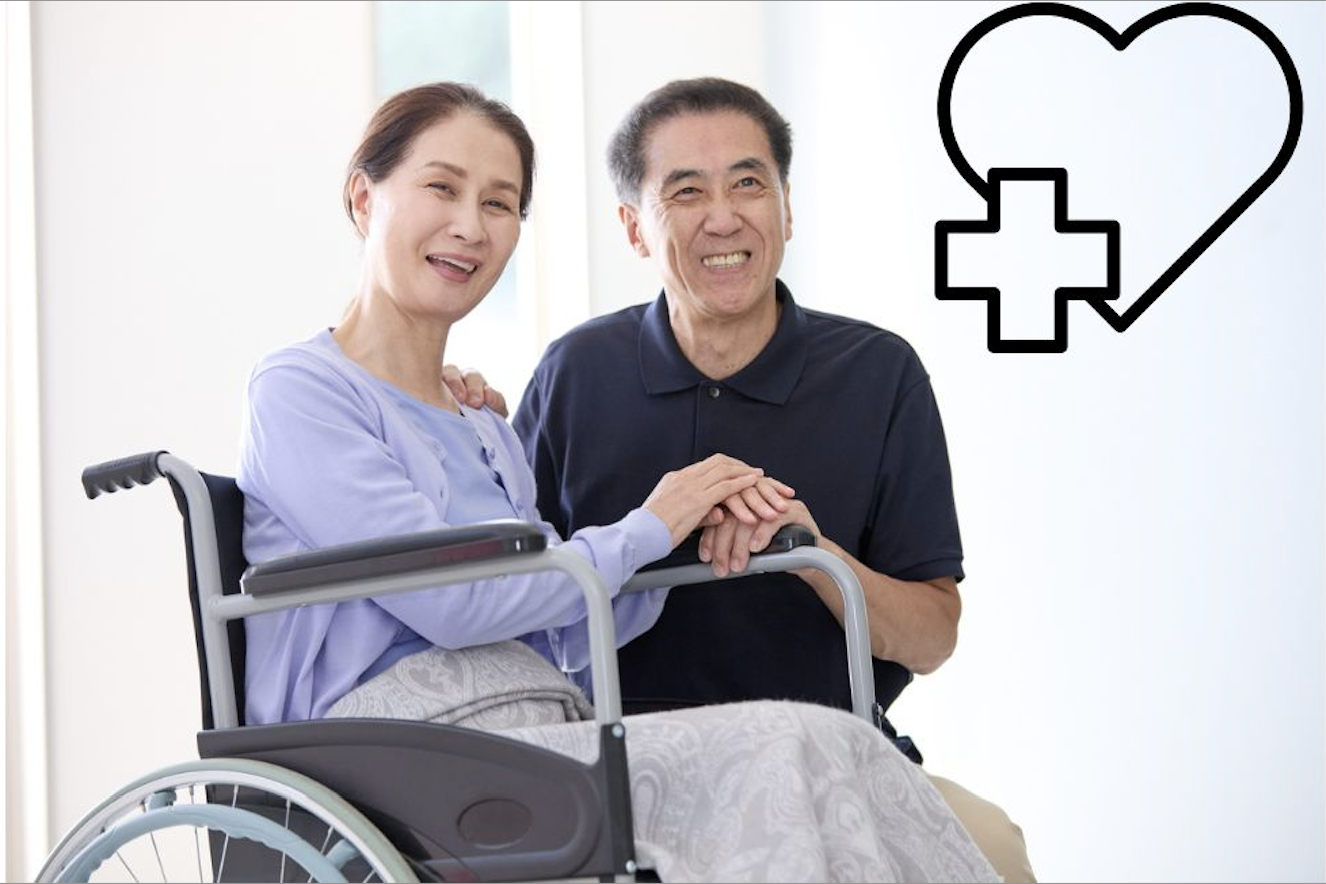ACOM and California leaders gather to spotlight the emotional, financial, and civic burdens borne by family caregivers—and the urgent need to support them.
At a recent American Community Media (ACOM) briefing co-hosted with the California Department of Aging, ethnic media outlets and caregiving advocates came together to confront a growing crisis: the chronic under-recognition of family caregivers across the state. With over 7 million Californians caring for aging or disabled loved ones—many without pay or institutional support—the event marked a timely intervention during National Family Caregivers Month.
Moderated by Sandy Close, ACOM Director and a longtime advocate for underserved communities, the November 19 virtual briefing brought together state officials, policy leaders, and caregivers themselves to raise awareness of caregiving as both a public health necessity and a matter of civic equity.
Among those sharing their personal experiences were Dan Salinger, a retired attorney caring for his 93-year-old father, and Alma Valencia, a full-time caregiver to her mother living with dementia. Their journeys reflect the emotional, financial, and logistical strain of caregiving—work that often goes unseen despite its essential role in California’s long-term care ecosystem.
Dan, who left his legal career after a heart attack, spoke candidly about the toll and transformation caregiving has brought to his life. “It’s the hardest thing I’ve ever done, but it made me a better, more empathetic person,” he said.
Alma, who stepped away from a rising career in fashion, described the slow realization that her mother’s behavior was not simply due to aging or stress but the early signs of a neurodegenerative disease. Navigating misdiagnoses and limited family support, she eventually found stability through California’s In-Home Supportive Services (IHSS) program—a vital but often underutilized resource.
These firsthand accounts were contextualized by Susan DeMarois, Director of the California Department of Aging, who emphasized that most caregivers don’t self-identify as such until they’re overwhelmed. “They think they’re just being a good daughter or neighbor,” she explained, “but the tasks they perform—medication management, hygiene, transportation—mirror those in professional settings.”
California has developed a patchwork of supports, from the IHSS program to a statewide network of Area Agencies on Aging (AAAs) and Caregiver Resource Centers (CRCs). But access remains uneven, especially among immigrant and non-English-speaking communities.
Dr. Donna Benton, Director of the USC Family Caregiver Support Center, laid out the policy gaps that persist despite California’s 10-year Master Plan for Aging. “We’ve pushed medical responsibilities into homes without matching that with training, respite, or financial support. That’s not sustainable.”
Paul Dunaway, who leads Sonoma County’s Adult and Aging Division, described a range of available services: caregiver coaching, peer support groups, education, and short-term respite programs. Still, he acknowledged the need for better outreach: “Support doesn’t help if people don’t know it exists.”
For Alma and Dan, social media and peer networks became unexpected lifelines. But they made clear that personal resilience should not substitute for public policy. “This is work,” Dan noted. “It deserves pay, protections, and acknowledgment.”
As California’s population continues to age, and as family structures evolve, the demand for caregiving will only rise. What the ACOM briefing laid bare is that this work, so often hidden in plain sight, must be centered in our political and social agendas.
Caregiving isn’t charity. It’s infrastructure. And visibility is only the first step.
#CaregivingInCrisis #FamilyCaregivers #CaliforniaAging #ImmigrantCaregivers #InvisibleLabor #EthnicMedia #MasterPlanForAging

